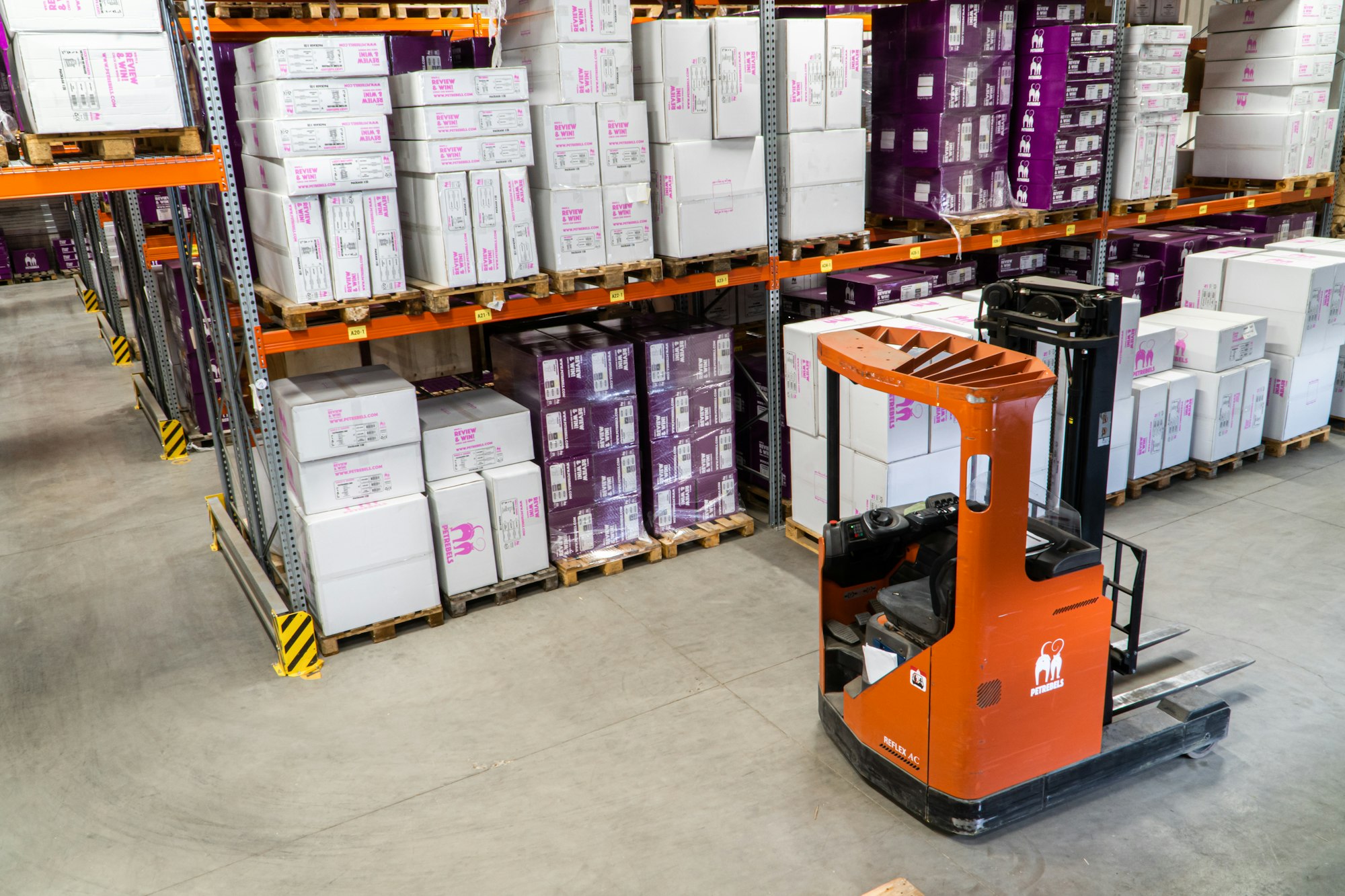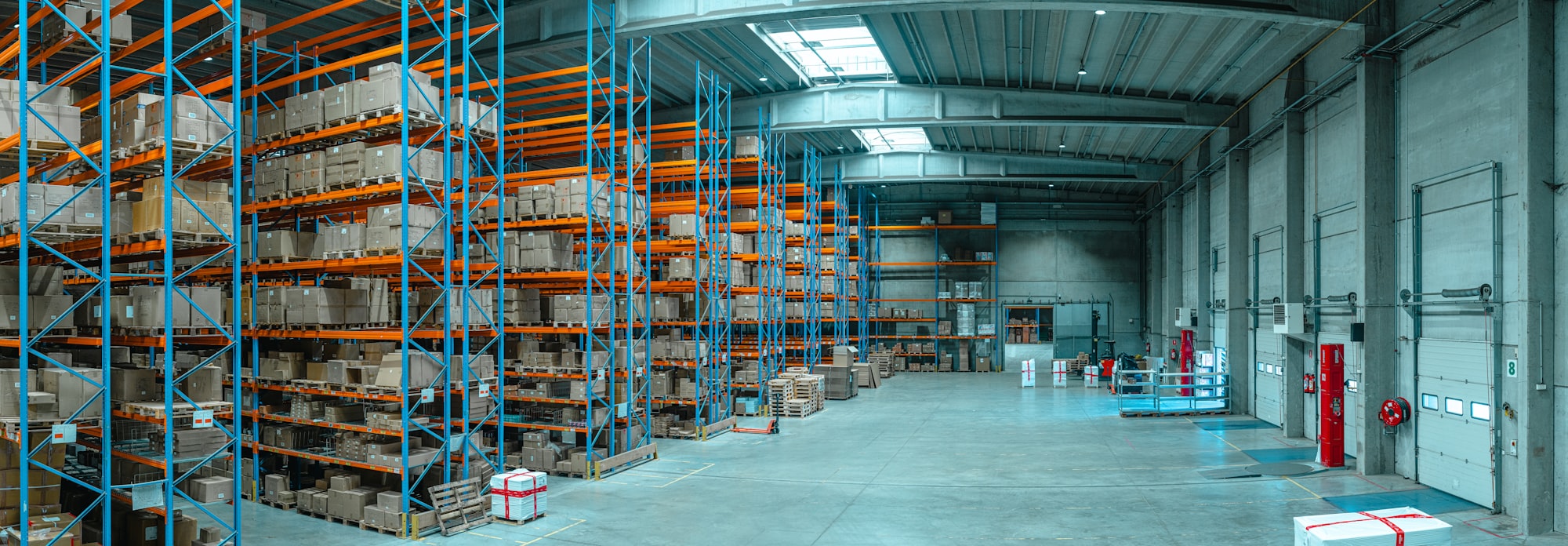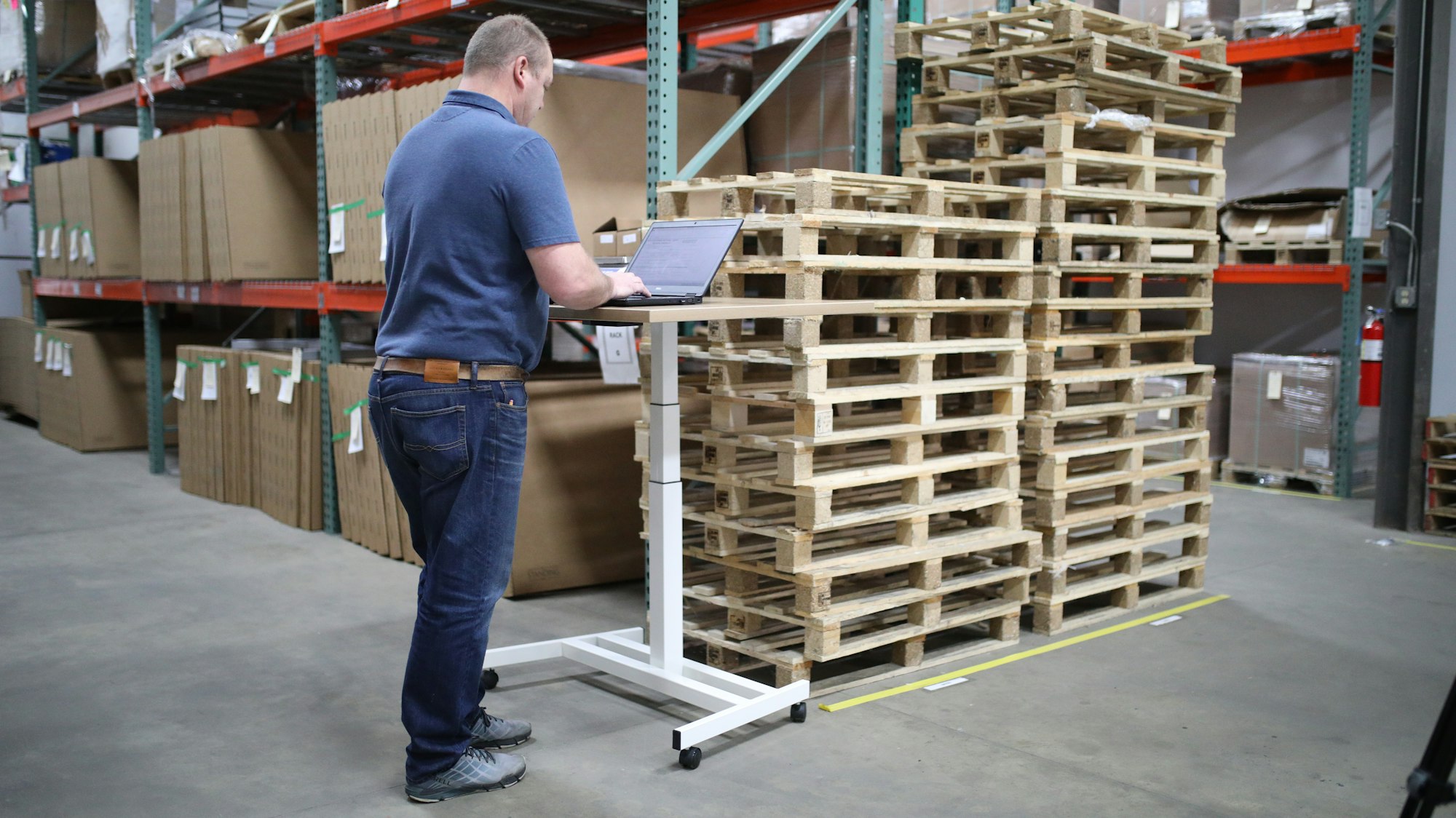Getting Inventory Management Right
Inventory management is the process of organising retail stock. This would include everything from sourcing the stock, to storing and eventually selling the stock.
Good inventory management is crucial to your success as an online retailer. The goal of efficient inventory management is to keep just the right amount of goods in stock to meet customer demand, without incurring too much costs.
Keeping tabs on stock levels and where it’s located is more important than ever. Stock must be managed properly to prevent theft or loss through human error or fraud. Damaged, lost, or stolen stock cost US retailers about $50 billion each year— so it could seriously hurt your bottom line.
In short, efficient inventory management is crucial to your success. It will boost your sales and lower costs, increasing your overall profitability.

What is Inventory Management?
Here it might be useful to define inventory management since it’s one of those core functions that’s important to the day-to-day running of any retailer. Inventory Management involves the tracking of stock, supplies and sales—all the factors that affect your physical inventory.
Proper inventory management will ensure that you always know precisely how much of any given product you have in stock across all channels and where it’s located. In this way, you will always know exactly how much product you have available to sell. You will also be able to predict when an item will run out and when you have to replenish stock to keep it for sale.
Why is Inventory Management so Important?
As a retailer, stock on hand is probably one of your most valuable assets. It would be financially irresponsible to lose track of stock levels across sales channels, warehouses, and distributors.
Inventory management is a critical component of running an effective supply chain. When you properly manage stock levels across your business, it becomes a lot simpler to keep the right stock levels in the right place, at the right time, available for the right price—all factors that will help you meet sales goals and keep your customers happy.
Here are some of the ways that sound inventory management is crucial to your success:

1. Tracking Inventory
Keeping track of both incoming and outgoing inventory gives you an indication of the performance and efficiency of your supply chain. Generally speaking, a faster supply chain is more cost effective. You want to reduce the lead time between when stock comes into your business, and when it's delivered to customers. This makes your operations more efficient and reduces cost.
Unfortunately, it is difficult to achieve short lead times between incoming and outgoing stock due to the complicated nature of the supply chain.This becomes even more difficult when the number and complexity of your product lines increase.
With a proper inventory management solution, you will be able to track stock metrics across all your sales channels. Which means you will be able to measure the profitability of your inventory and thereby improve the product life cycle. This gives you a better gauge to set pricing, manage the optimal distribution of stock between your warehouses and shops, as well as the most efficient fulfilment workflows.
The system will also be able to give you accurate lead times, help you determine the optimum safety stock levels, and give you alerts when to reorder stock. It will also be able to make accurate forecasts of stock levels. This will help you to plan for any sales spikes and make the necessary purchase orders ahead of time. In this way, you will always have enough stock on hand to fulfil customer demand.

2. Use Automation to Simplify Fulfilment
As mentioned in the previous section, running a supply chain is a complex process. There are various tasks that have to be managed, including tracking and fulfilling orders, as well as keeping tabs on inventory levels across sales channels, distribution centres and warehouses.
An inventory management solution will be able to automate these tasks. It will also be able to provide up-to-date inventory numbers that are synchronised across the supply chain in real time. Such a system keeps track of the exact locations of the different items in your inventory, and will choose the most cost-effective and efficient distribution centre for fulfilment.
Other tasks that can be automated include:
- Handling procedures based on package weight and dimensions.
- Managing compound stock such as bundles and kits.
- Choosing the most efficient delivery method based on specific criteria.
When these tasks are automated, you eliminate the most obvious sources of human error, which will improve efficiency and allow you to achieve consistent and accurate results.

3. Efficient Warehouse Management
Inventory management is impossible without proper warehouse management. If you let the organisation of your warehouse slip, it will be an uphill battle to keep costs down, fulfil orders accurately and timeously, and keep productivity high.
Efficient warehouse management means knowing where all your stock is located at all times. When your warehouse team can’t find a product, your whole order fulfilment process slows down, leading to shipping delays and frustrated customers.
There are various technologies that can be used to streamline your warehouse management duties. These include combining RFID systems and barcodes with automatic product scanners and wireless networks. Some systems will also be able to connect automatically to your distributors and third-party logistics (3PL) partners to establish multiple picking and packing locations to fulfil orders.
The goal is to increase the flow of products through your supply chain. When you streamline your warehouse management workflows, you will automatically increase productivity, lower cost, and reduce error.

4. Build your Customer Base
If you want to become successful as an online retailer, you have to build a strong base of loyal customers. More than two-thirds of companies surveyed report that it’s less expensive to keep existing customers than to pick up new customers through marketing efforts. Which is why it’s surprising that only 1 in 5 companies actively pursue customer retention. In fact, almost half of all companies surveyed report putting all their marketing budget into winning new customers.
One way to increase customer loyalty is through faster delivery times. The gold standard in the online market is to ship orders in a matter of hours, not days—which is all but impossible without efficient inventory management.
With the right systems in place, you can shrink the time between a customer clicking on the buy button and the order being shipped out to their home. A good inventory management solution will give you the tools to optimise the receiving and shipping of orders, dramatically increasing the efficiency of your order fulfilment process.
Another way to keep customers happy is to have enough stock available for them to buy. Bad inventory management leads to unexpected stock outs. Notifying a customer that the item they bought yesterday is actually out-of-stock is a surefire way to damage their loyalty.
With proper inventory management, your online stores will always display accurate stock numbers. When a customer places an order, the item will be in stock—which means that it can be picked, packed, and shipped in record time. Short fulfilment times will instantly translate into a strong customer base.

What Bad Inventory Management Looks Like
All retailers have inventory, but not all retailers have efficient systems in place to handle inventory management. And it shows. They usually have a chaotic supply chain, low productivity, long fulfilment times—and lower profitability.
There are several ways that bad inventory management can cause problems for a retailer. Here are four ways that inefficient inventory management will affect your business:
1. Overstocking Underperformers
It's always difficult to accurately predict how much stock you need to keep on hand to meet customer demand. This becomes even more difficult if you don’t have a proper inventory management solution, since you won’t know what you have in stock, or which items are selling well.
How do you know if you should take a gamble on a new product? Are you betting on a winner, or are you overstocking a dud? It’s really impossible to know if you don’t have access to historical data and trends for comparison.
You need inventory management software that can report on which products sell better and give you a clear picture of customer demand and sales patterns. In this way you can make accurate predictions as to which products will sell better than others—and thereby streamline your overall inventory management.

2. Understocking Overperformers
The goal of efficient inventory management is to order just the right amount of stock at precisely the right time to satisfy customer demand. But when you can’t make accurate sales forecasts, it becomes difficult to know when to restock a product.
What happens is that you keep running out of stock of your popular products or overstock product lines that don’t sell. Both are detrimental to your business. Overstocking leads to higher warehousing and related costs. Understocking leads to out-of-stock issues on your online store—which motivates your customers to shop elsewhere.
When you have an efficient inventory management system in place, you will have accurate, up-to-date data on stock levels and customer buying patterns. Which means you will be able to schedule your reordering and production schedules better.
3. Wasted Time
Efficient time management is crucial in the retail space. When your team members have the latest inventory numbers at their fingertips, they will be able to make the right choices at the right time. They don’t have to waste time on finding a lost item in the warehouse, or sorting out human errors resulting from inefficient inventory management.
You will save a significant amount of time by using an inventory management solution for your business. Since it automates many of your inventory tasks, your stock records will always be up to date and accurate without the wasted time of human involvement. Which means that the picking and packing of orders will go faster and smoother. Orders will ship out to customers sooner.
Since the system gives you accurate reporting on a real-time basis, the process of forecasting future sales and customer demand won’t take up as much of your time. Accurate data means accurate forecasts and efficient management decisions—saving you time and money in the process.
4. Higher Costs
Bad Inventory Management usually leads to higher costs—which affects the bottom line of your whole company. This will have a negative effect on your cash flow. Now you will have less money available to restock and pay for the warehousing and insurance costs associated with keeping stock.
On the flip side, efficient inventory management will lower costs and increase profitability. This will free up more working capital—which you can use to buy more stock or improve your operations.

Conclusion
It’s crucial to your success as a retailer to manage stock levels across all channels, warehouses, distributors, and logistics partners in your supply chain. If you don’t have a proper system in place to manage inventory, it will lead to lost sales, unhappy customers, and money wasted on underperforming product lines.
Which means it’s worthwhile investing in a dedicated software platform for your inventory management. There are many benefits to such a system:
- It automatically keeps track of how much stock you have on hand. Which means you won’t have to go through endless stock takes anymore.
- It makes inventory level data available at a glance.
- It will also help you keep the right amount of stock available on all your critical product lines.
- It will warn you about low stock levels on a given product, and notify you when you need to restock. In this way your sales won’t be hampered through out-of-stock problems.
In short, a dedicated inventory management solution will prevent supply hiccups like running out of crucial stock or overstocking on a specific product. This simplifies purchasing decisions so that your shelves and online stores are always adequately supplied.